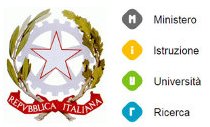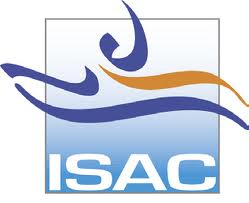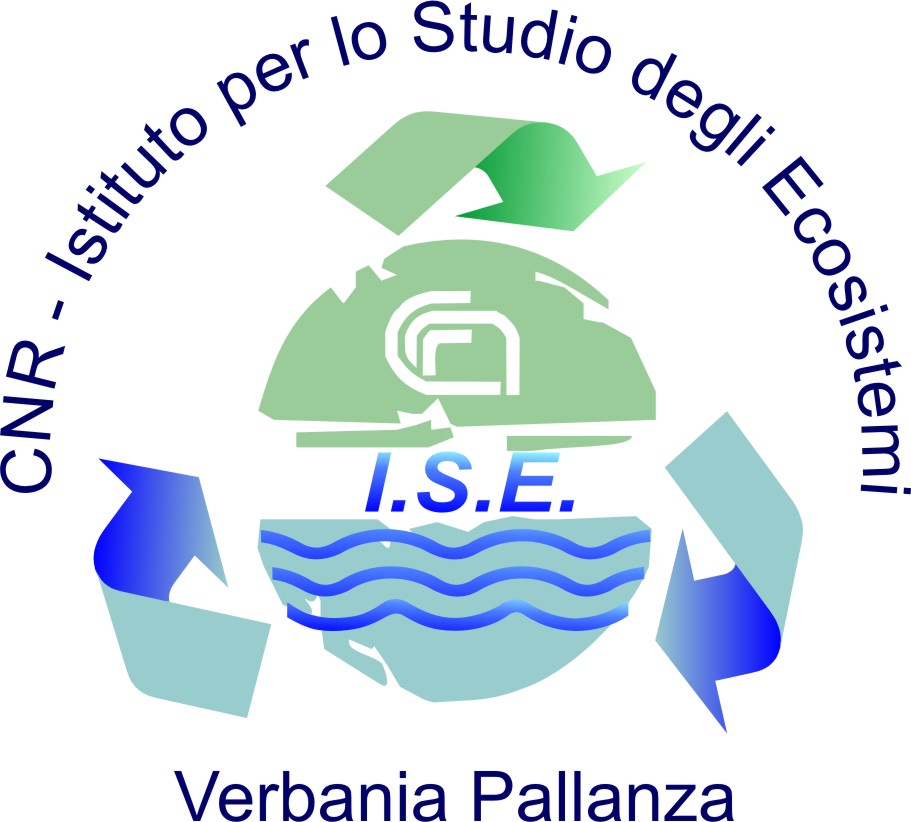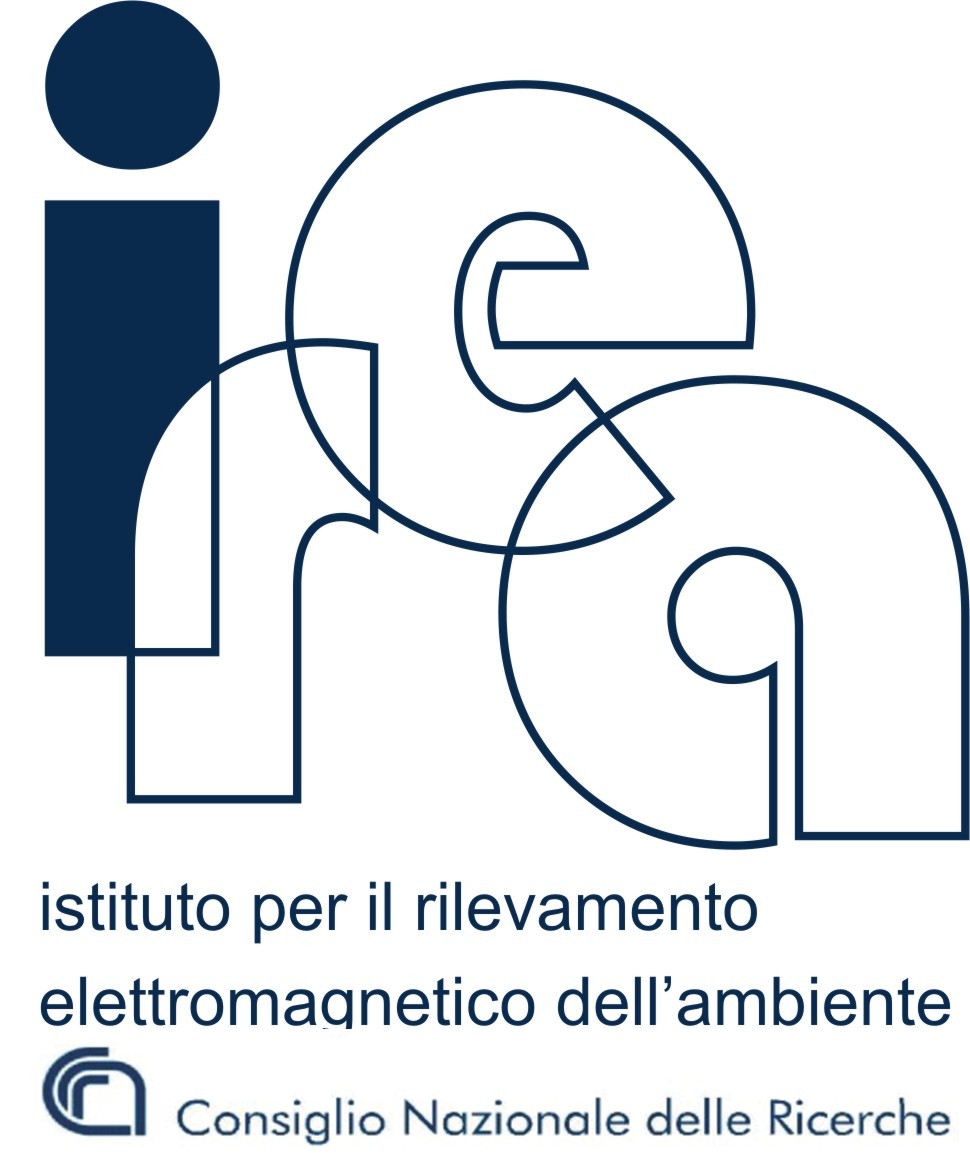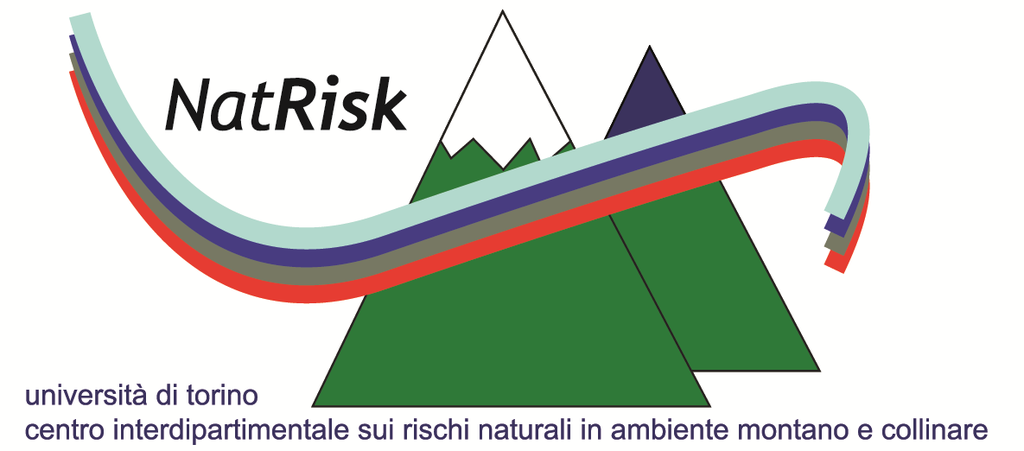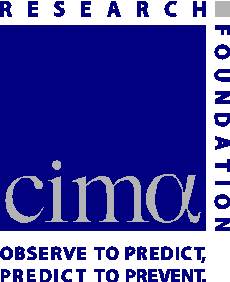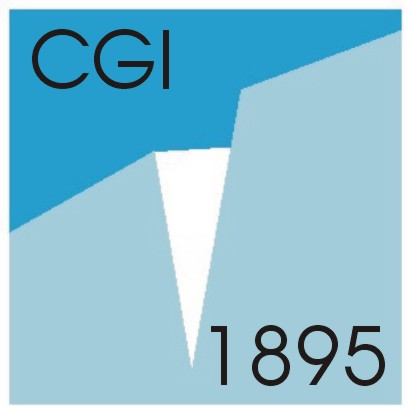You are here
Multi-secular historical climate simulation for the Mediterranean area and comparison with paleoclimatic proxy data
Two main activities have been conducted during the second year in the framework of this pilot study. On the one side, we have performed global simulations with an Earth system model of intermediate complexity (EMIC), suited for performing paleoclimate simulations. On the other side we identified, downloaded and began to analyse the available climate datasets useful for the calibration/validation of paleoclimatic data, in support to the activities of the WPs focused on paleoclimatic reconstructions from marine and terrestrial archives and lake sediments.
The employed EMIC is the Planet Simulator (PlaSim) model. Before running PlaSim over paleoclimatic time scales, we decided to test the model ability in simulating the climate response to the CO2 forcing over the last ~150 years and, in particular, in reproducing the observed trend in temperature and changes in total precipitation from 1850 to 2005, which is commonly referred to as the “historical period” in the state-of-the-art climate model simulations.
Compared to other state-of-the-art EMICs ,PlaSim has a more complex atmospheric model (the Portable University Model of the Atmosphere, PUMA) based on the moist primitive equations conserving momentum, mass, energy and moisture and including, as in the most comprehensive general circulation models (GCMs), all atmospheric processes, but with the limitation of less sophisticated parameterizations. The atmospheric model in PlaSim can be coupled to different ocean models besides using climatological sea surface temperatures (SST). These ocean models can be a mixed-layer ocean or the large-scale geostrophic ocean (LSG). Besides the atmospheric and oceanic parts, a land surface model with biosphere and a module representing sea ice can also be included, but we did not activate them in our first PlaSim applications.
We tested the two ocean configurations of PlaSim and we run the mdoel at two horizontal resolutions, T21 and T42 corresponding to about 5.6° and 2.8° respectively. We performed two different kinds of climate simulations:
1. Perpetual runs, aimed at generating average climate conditions for two years, namely 1850 and 2005, representative of a different CO2 forcing (285 ppmv for 1850 and 379 ppmv for 2005) by running the model for 30 years or for 500 years depending on the activated ocean model.
2. Transient runs, aimed at generating a multi-year historical simulation, using both ocean model configurations and both atmospheric resolutions, from 1850 to 2005 (156 years), using the historical atmospheric concentrations of CO2 available as global mean time series from the website at IIASA http://tntcat.iiasa.ac.at/RcpDb/.
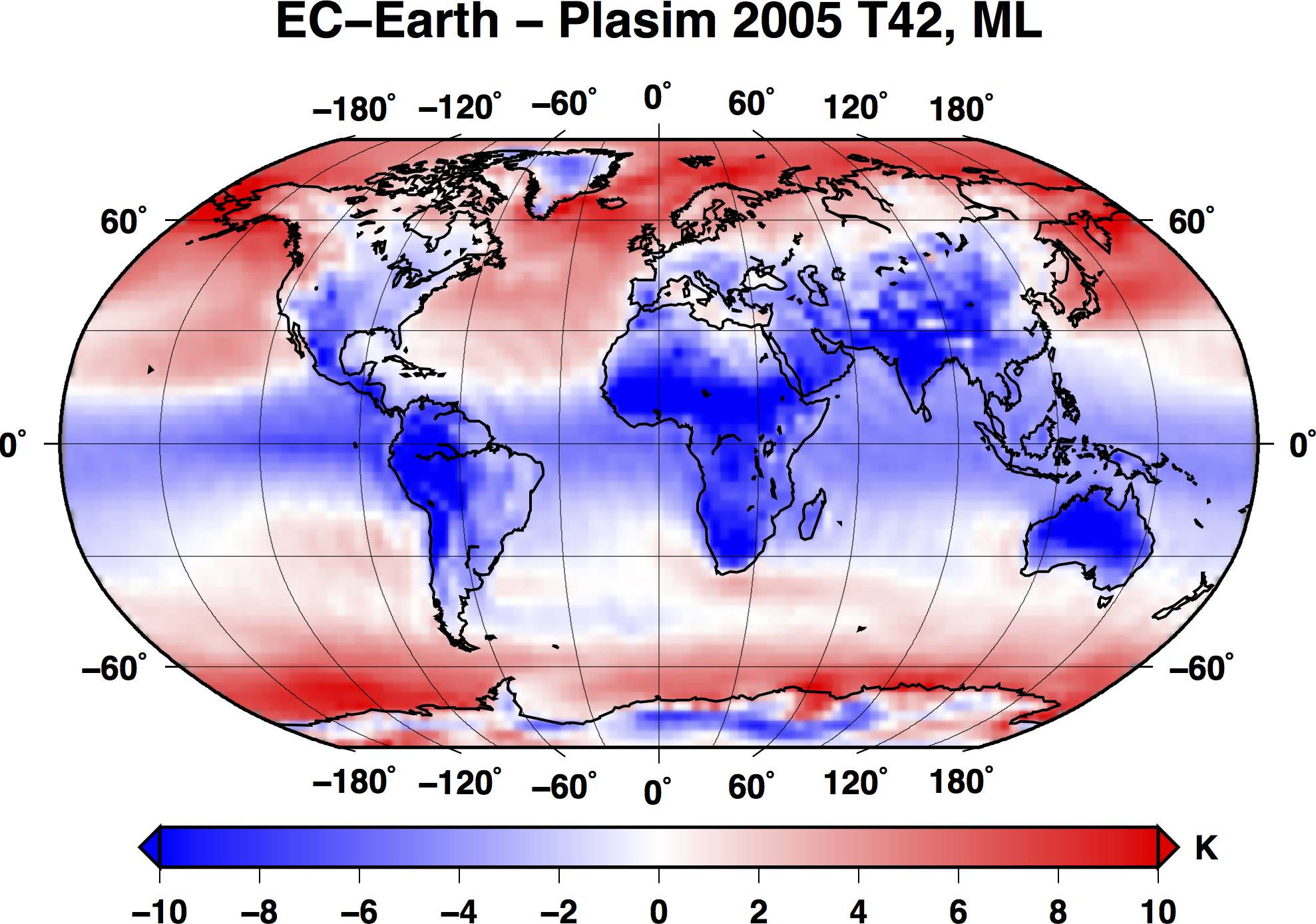
Fig. 1: Spatial maps of 2005 surface temperature difference between EC-Earth and Plasim (perennial 2005 simulation at T42 with PUMA coupled to the ML ocean)
We decided to focus our evaluation of the PlaSim simulations by comparing the model outputs mostly to the historical simulations from other state-of-the-art global models: 1) the EC-Earth GCM version 2.3, run at CNR-ISAC (e.g., Figure 1), and 2) an ensemble of Coupled Model Intercomparison Project Phase 5 (CMIP5) GCMs, available at the Program for Climate Model Diagnosis and Intercomparison (PCMDI, http://cmip-pcmdi.llnl.gov/cmip5/); see for example Figure 2. In addition, we have used the GPCP observation-based gridded dataset for the precipitation comparison. Comparisons have been performed in terms of global spatial maps of the multiannual mean of annual or seasonal surface temperature and precipitation; zonal means and climatological annual cycles of surface temperature and total precipitation; annual and seasonal time series of either global mean averages of surface temperature and total precipitation or averages over different latitudinal bands.
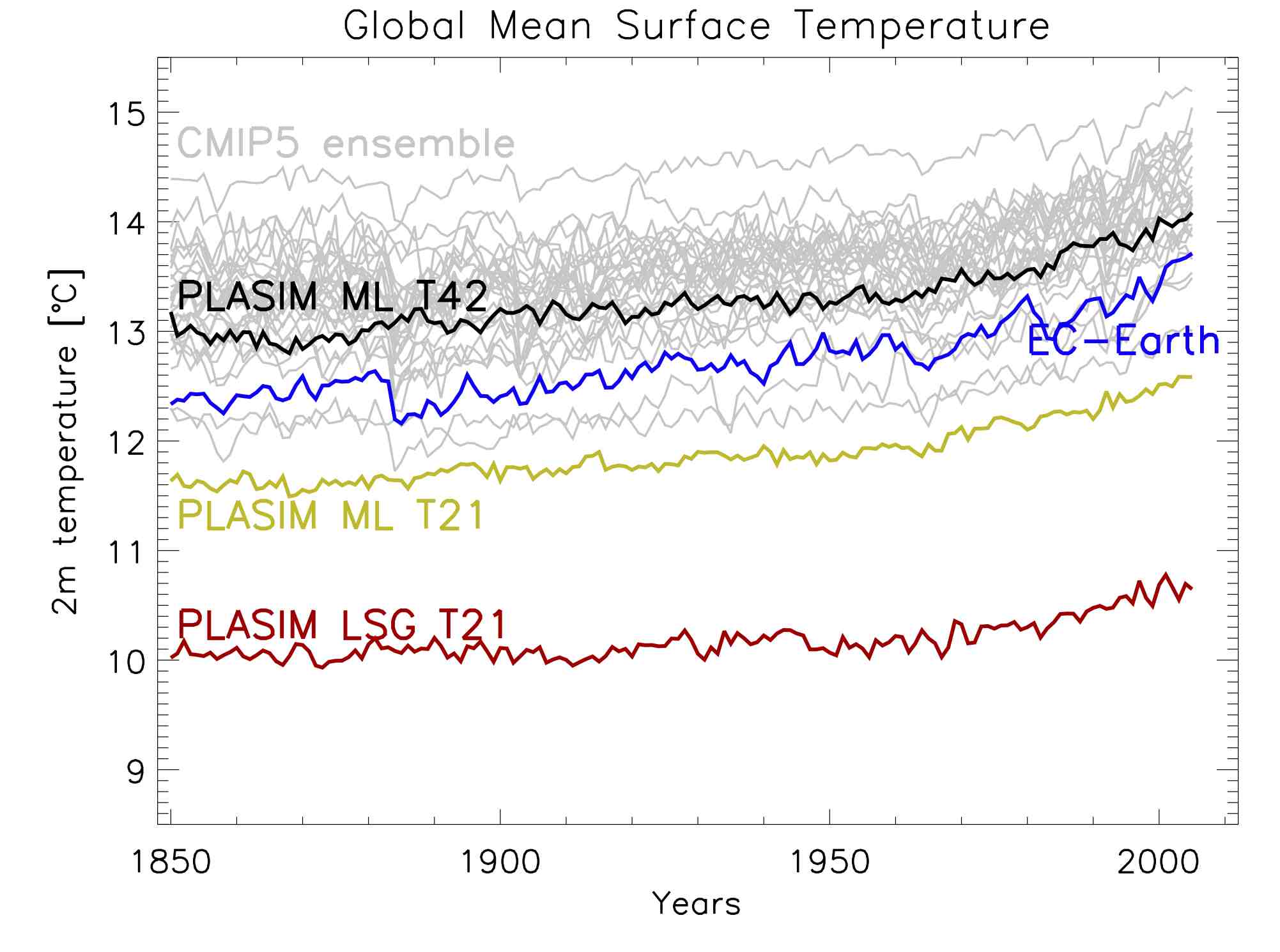
Fig 2: Time series of global mean surface temperature from PlaSim (ML ocean), run at T21 (green) and T42 (black) resolutions, the EC-Earth model (blue) and the CMIP5 GCMs (light grey).

